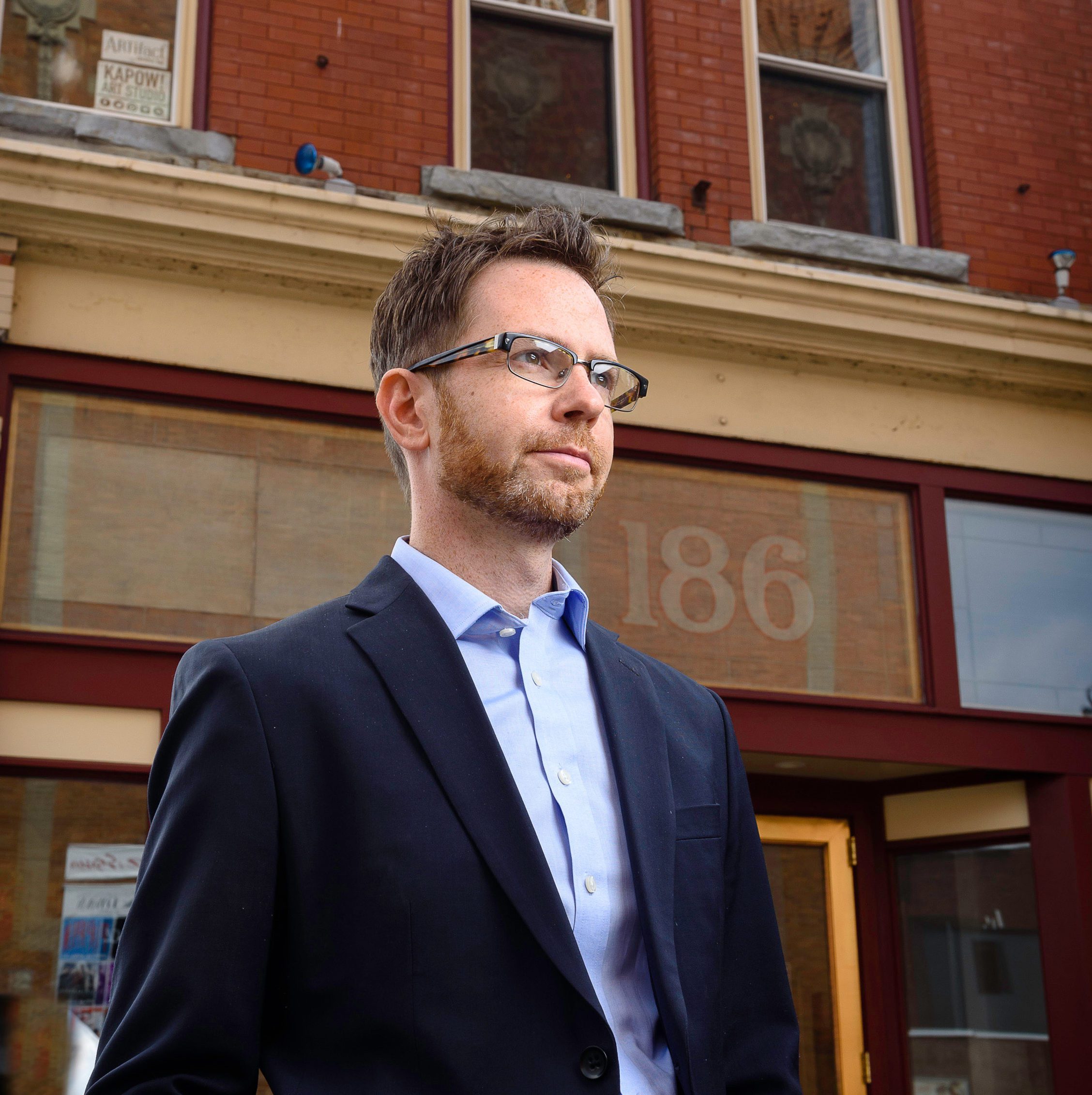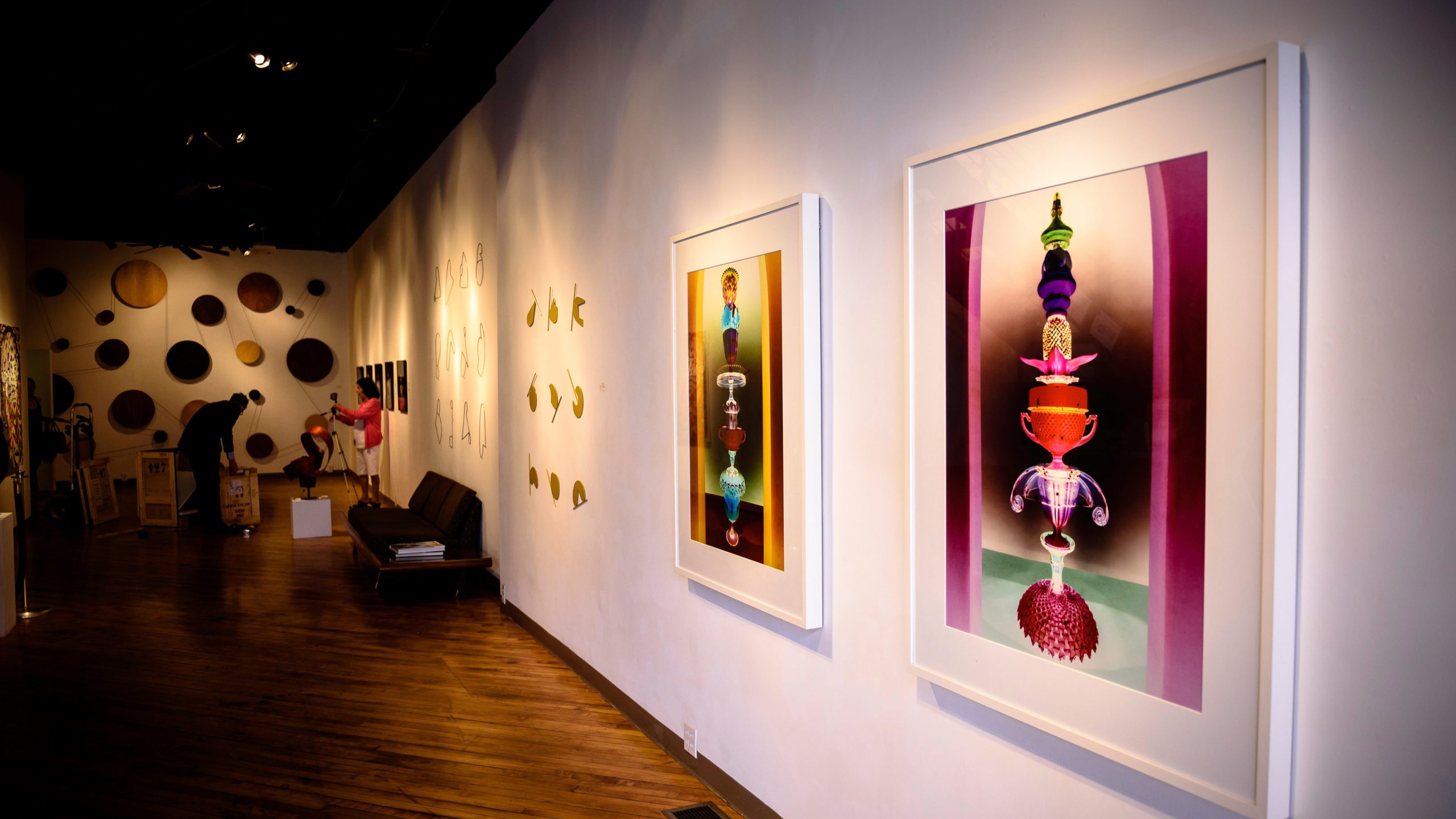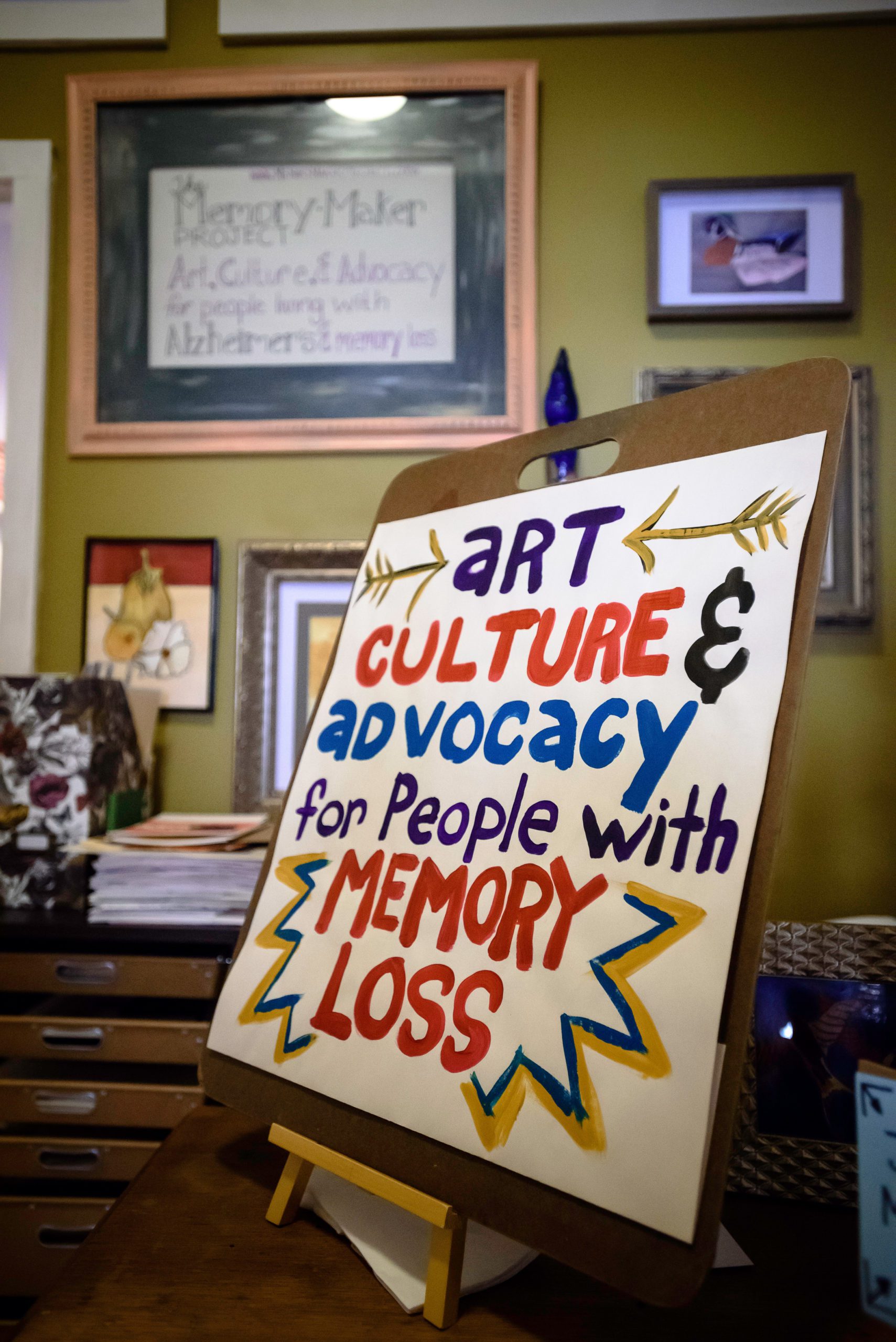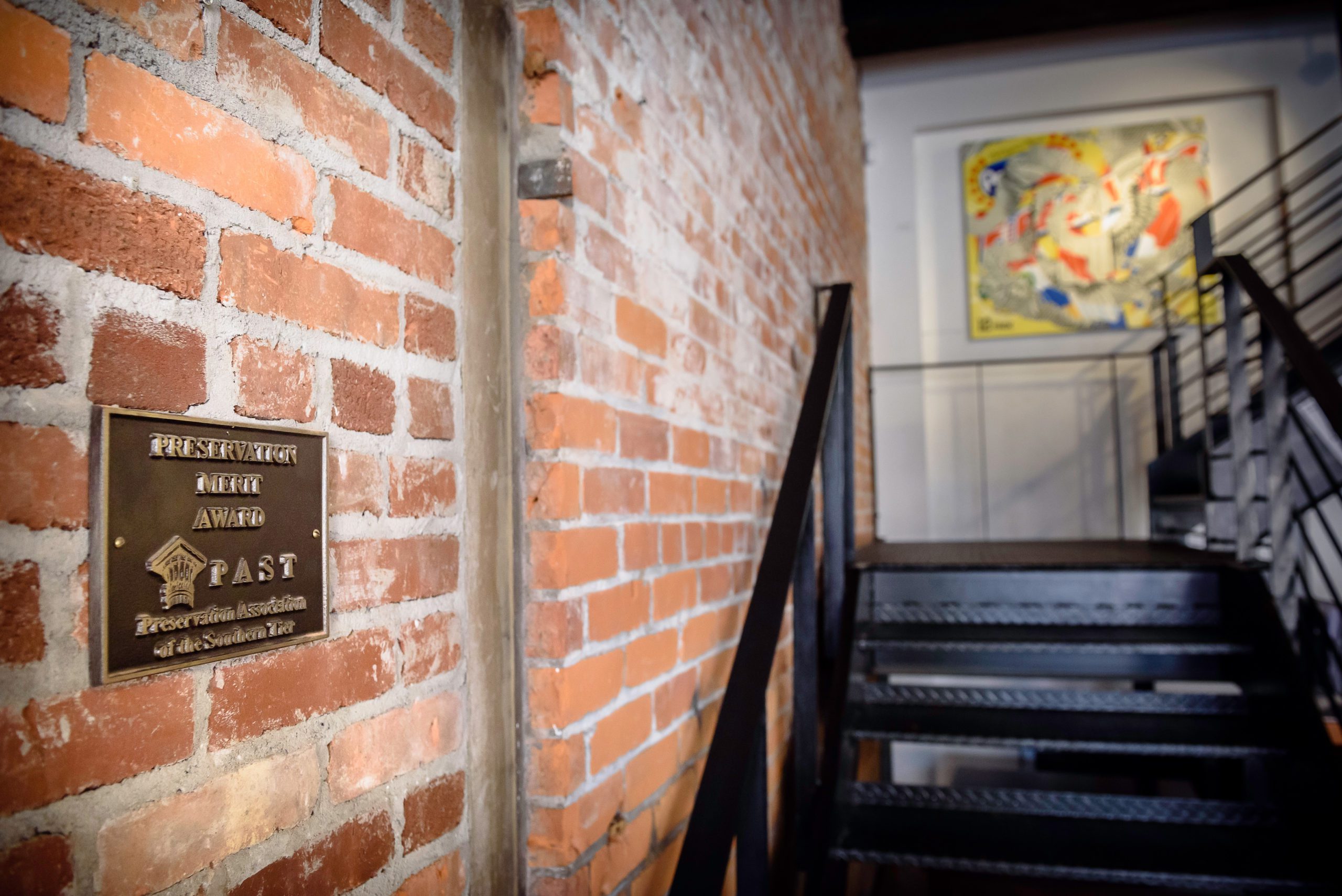How Art Sparked the Vibrant Scene on State Street
As a kid, John Brunelli would walk the streets of his hometown and peer into the dirty windows of old factories, imagining the place at its peak. How many people worked there? What did they make? Why did it fade away?
It was this sense of wonder and curiosity about the stories behind Binghamton’s better days that inspired he and his brother Anthony to convert an old warehouse into one of the region’s premier art spaces.

“There’s a certain architectural integrity to Binghamton that my brother and I saw and always admired,” Brunelli says.
It allowed them to see potential in the 1800s structure that is now home to Anthony Brunelli Fine Arts, where John Brunelli is gallery director. Back then, State Street was pretty much a broken down, desolate section of town.
Some 15 years later, Artists Row is filled with other galleries, restaurants, cafes and boutiques.
“It wasn’t about knowing there was potential for a scene. It was about creating a scene,” Brunelli says. “These rebels in the art world, they don’t look for potential, they create it.
“We knew that the heyday was gone and we knew we couldn’t hang on to those memories,” he says. “We had to take charge ourselves.”
And so the Brunellis took a derelict building on a bad block in a blue-collar town and went to work in 2003. Already a renowned photo realist and painter, Anthony started by bringing his credibility to the operation.
Things escalated quickly. A 2004 exhibit of work by a gifted 4-year-old became an instant phenomenon covered by the likes of the New York Times. It inspired a critically acclaimed documentary My Kid Could Paint That distributed by Sony Pictures.
Art has a way of revitalizing areas like this slice of Binghamton. It starts with budget-conscious artists who look for large, cheap spaces – like old factories and warehouses – to create in. That builds galleries, galleries draw people, people attract businesses to accommodate them.
“The galleries become a part of that and then eventually, others follow … boutiques, restaurants, cafes. You have to support that social scene,” Brunelli says. “This past decade in Binghamton – it’s what we always dreamed of and it’s just going to get better.”
He’s seen it happen in other cities and he is proud to be a part of what’s going on here.

“Right now, we’re representing artists from all over the world, selling work to clients all over the world, and we’re operating out of Binghamton, New York,” Brunelli says. “We’ve had opportunities to move the gallery to other cities, but we’ve always had a conviction to stay in Binghamton.”
And artists from some of the largest markets want to be a part of the Greater Binghamton experience as well. First Friday Art Walks have become a social staple downtown, drawing thousands for after-hours strolls. Galleries and businesses stay open a little later, vendors set up shop and music performances provide a soundtrack to what by all accounts is a heck of a night out.
“So many artists say they’ve never had an opening like they’ve had in Binghamton,” Brunelli says. “They might get a couple dozen people to show up at an opening in New York City. Here, it’s thousands.”
Tens of thousands in the case of the annual LUMA Festival. Not only is the projection art display a huge draw each September, it speaks to the community roots of Binghamton.
“It is a project that pulls people in from all different disciplines and it’s a world-class projection festival,” Brunelli says. “These are a talented bunch of people that live here and work here and for a lot of them, it’s a labor of love.”
Built by immigrants who flooded the factories in the 19th and early 20th centuries, the three multi-cultural communities that make up Greater Binghamton have long appreciated fine art. That’s not only limited to the crowds that come out to view it
In 2008, Brunelli discovered a mid-1970s catalog of local art collections called Binghamton Collects. He decided to track down all the collectors and pieces that were still around. He ended up with some 60 works that he put on display in an exhibit.
“I found some of the most incredible pieces of art history that exist on the walls of Binghamton,” he says.
Now when Brunelli drives the streets of his hometown, he drives by places where he knows what lies behind the windows: Picassos, Beardens, Piranesis.
“This town has a very interesting and unique lineage and part of my role as a gallery owner is to help share that story through the arts,” he says.







